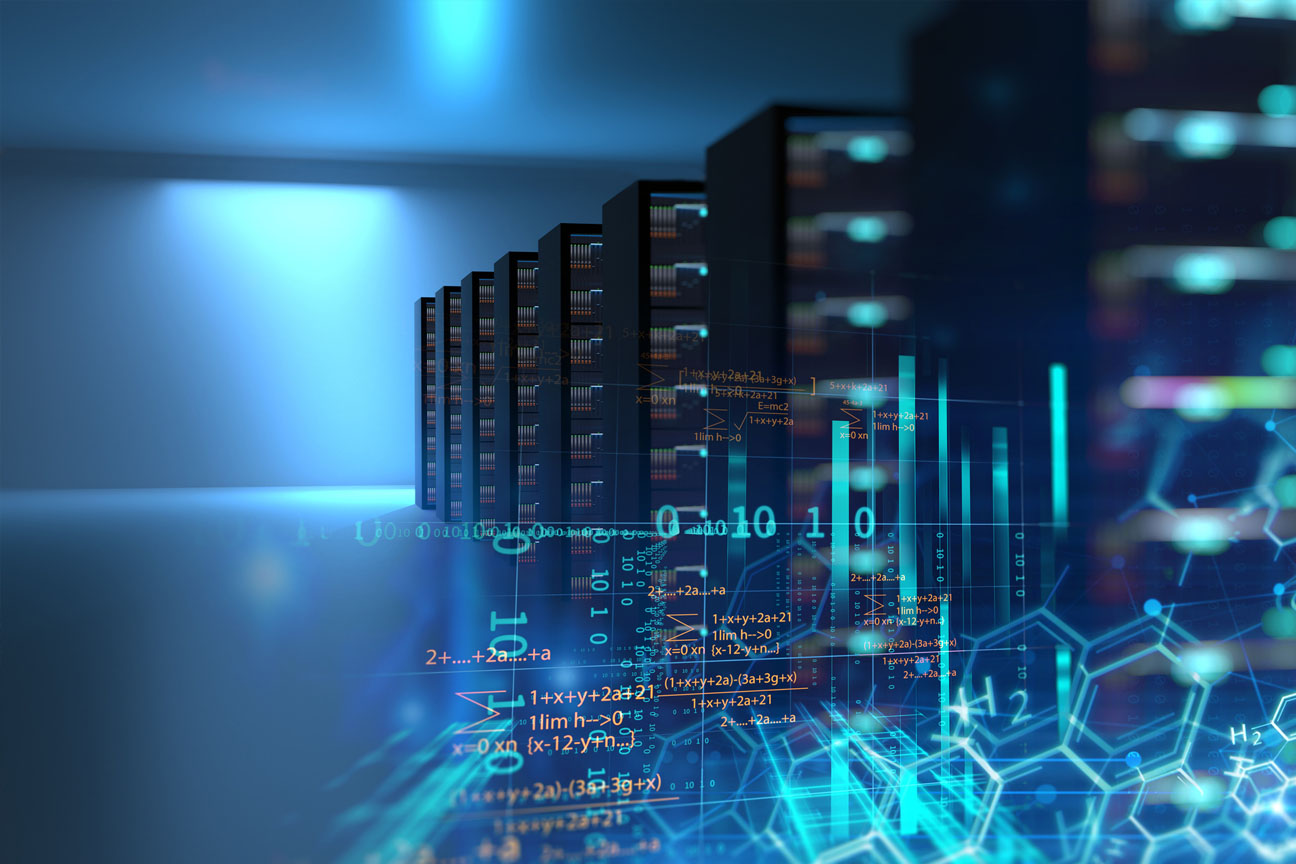Technology
Sustainable Technology: A Guide For Businesses To Achieving Net-Zero.


Column
The Changes of Power, Turning of Seasons, and Flipping of Tables in the Digital Age

Power: From Centralised Control to Distributed Influence
Throughout Nigeria’s history, power has frequently been concentrated in political capitals, economic hubs, and within elite groups. This has often left many feeling marginalised. However, the rise of the digital age brings with it a hopeful shift. With tools like social media, blockchain technology, and digital currencies, individuals and communities are finding their voices and challenging traditional power structures. This new era provides an opportunity for empowerment, allowing more people to participate in shaping their own destinies and fostering a more inclusive future.
In Nigeria, there has been a remarkable shift as tech-savvy youth movements gain momentum, catalysing a new wave of digital activism that challenges traditional structures of power. These young innovators are leveraging technology to foster social change, raising awareness on critical issues ranging from governance to human rights. Furthermore, the fintech landscape has experienced significant advancements, with mobile banking and cryptocurrency adoption becoming increasingly prevalent. These innovations empower individuals, particularly in underserved communities, by providing them with greater access to financial services and opportunities for economic growth.
The influence once monopolised by a select few is gradually being redistributed as smartphones and affordable data plans become more accessible to the general populace. This technological democratisation allows the digital citizen to shift from being a passive consumer of information to an engaged participant in public discourse. They are now equipped to voice their opinions, mobilise for causes, and hold those in power accountable, effectively transforming the way societal issues are addressed in the country. Through these dynamic changes, the fabric of Nigerian society is evolving, driven by the collective efforts of its digitally empowered youth.
Seasons: The Rhythms of Change in a Connected World
The evolution of development in the Global South has historically been heavily influenced by external factors, such as donor agendas, foreign direct investments, and fluctuations in global market trends. These influences often shape the priorities and paths of growth in these regions, limiting local agency and innovation. However, a significant transformation is taking place today.
Nigeria’s tech ecosystem is uniquely evolving, particularly in areas like Yaba, which has earned the nickname “Nigeria’s Silicon Valley.” This region is becoming a dynamic hub for startups and entrepreneurial activities. In the capital city of Abuja, there is also a rising number of innovation centres and incubators that promote creativity and drive technological progress.
The shift signifies an inspiring independence from traditional external influences, as Nigerian entrepreneurs, developers, and innovators boldly take the lead in shaping their local landscapes and steering their own developmental agendas. This dynamic change is set to redefine the development narrative in the region, celebrating local talent and solutions that directly address the unique needs of the Nigerian market.
We are experiencing a positive transformation towards self-determination. Local startups are actively addressing community challenges through agricultural technology that enhances food security or educational platforms that make learning accessible to all. This transitional phase marks a move from waiting to a proactive era of building and innovation.
Tables: Disruption and Reconfiguration of Norms
The metaphorical tables that represent power dynamics, social privilege, and established policies are undergoing a significant transformation. In this digital age, the nature of discourse is anything but courteous; it is fundamentally disruptive. This shift challenges long-standing norms and traditions that have persisted for years. The rapid advancement of technology is not merely an evolution but a revolution that brings to light various inefficiencies that have long gone unacknowledged.
The text highlights a rising demand for accountability among individuals and institutions in today’s society. As traditional structures come under scrutiny, there is an increasing expectation for transparency and responsibility, reflecting the evolving dynamics of our world.
In Nigeria, digital platforms’ impact is unmistakable; they have unveiled corruption, galvanised protests, and transformed the landscape of entrepreneurship. The youth are not merely seeking seats at the table but constructing entirely new ones. Through this bold action, they are reshaping the very definitions of leadership, innovation, and progress.
Challenges and Opportunities
This transformation comes with challenges, but we are more than capable of overcoming them. We can bridge digital divides, address cybersecurity threats, and reshape regulatory frameworks to match the pace of innovation. These challenges are not obstacles; they are our call to action to co-create an inclusive, secure, and locally relevant future.
Nigeria stands at an exciting crossroads, with a tremendous opportunity to boost its investments in crucial areas like digital literacy, technological infrastructure, and policy reform. By strongly emphasising digital literacy, we can equip our citizens with the essential skills to navigate today’s dynamic digital world, leading to a more informed and empowered workforce ready to tackle future challenges.
Enhancing our technological infrastructure is of paramount importance, as it involves developing reliable internet connectivity and providing access to the latest digital tools and technologies. We can create a more robust and efficient ecosystem that supports businesses, education, and communication by prioritising these upgrades. This transformation is expected to significantly drive economic growth by attracting both local and foreign investments.
Improved technology is set to drive innovation across multiple sectors in Nigeria, allowing both entrepreneurs and established businesses to introduce fresh ideas and solutions. By harnessing this potential, Nigeria can enhance its position in the global marketplace, becoming a competitive entity ready to embrace emerging trends and opportunities in the digital age.
Moreover, countries in the Global South have a remarkable opportunity to unite through cross-border collaboration! By sharing knowledge and best practices, we can bolster our resilience against global challenges while amplifying our collective voice in international tech governance.
This collaborative spirit enables us to formulate a comprehensive strategy that effectively addresses the diverse needs of local communities. By fostering open dialogue and partnership, we can ensure that the perspectives and experiences of the Global South play a crucial role in shaping global technological standards and policies. It’s essential that these voices are heard and considered in discussions that impact the future of technology. Together, through cooperation and shared vision, we can pave the way for a brighter, more inclusive technological future that benefits everyone, regardless of geographic or economic barriers.
The digital age is our current reality, giving Nigeria and the Global South an opportunity to shift from passive technology consumers to active creators of innovative solutions. This transformation is crucial for these regions to assert their place in global innovation.
Local entrepreneurs and startups must embrace digital tools to unlock their potential and create innovative solutions for their unique challenges. This proactive approach fosters economic growth and a strong culture of entrepreneurship and collaboration across education, business, and government.
Conclusion: A New Dawn
The time for the Global South to shine is now. These regions can drive social change and economic empowerment by creating local technologies that tackle local and global challenges. Nigeria and its counterparts must seize this moment to emerge as leaders in global innovation.
As the seasons change and the tables turn, we confidently embrace the transformations of power. The future is not just digital—it is unequivocally African, undeniably Southern, and ours to shape and define.
♦ Professor Ojo Emmanuel Ademola is a Nigerian Professor of Cyber Security and Information Technology Management, and holds a Chartered Manager Status, and by extension, Chartered Fellow (CMgr FCMI) by the highly Reputable Royal Chartered Management Institute.
Column
Driving Revenue Growth and Efficiency: The Agenda of Change in African Government Agencies

♦ Professor Ojo Emmanuel Ademola is a Nigerian Professor of Cyber Security and Information Technology Management, and holds a Chartered Manager Status, and by extension, Chartered Fellow (CMgr FCMI) by the highly Reputable Royal Chartered Management Institute.
Column
Navigating the Digital Age: Lessons for Economic Development and Sustainability in Global South Nations

♦ Professor Ojo Emmanuel Ademola is a Nigerian Professor of Cyber Security and Information Technology Management, and holds a Chartered Manager Status, and by extension, Chartered Fellow (CMgr FCMI) by the highly Reputable Royal Chartered Management Institute.






















